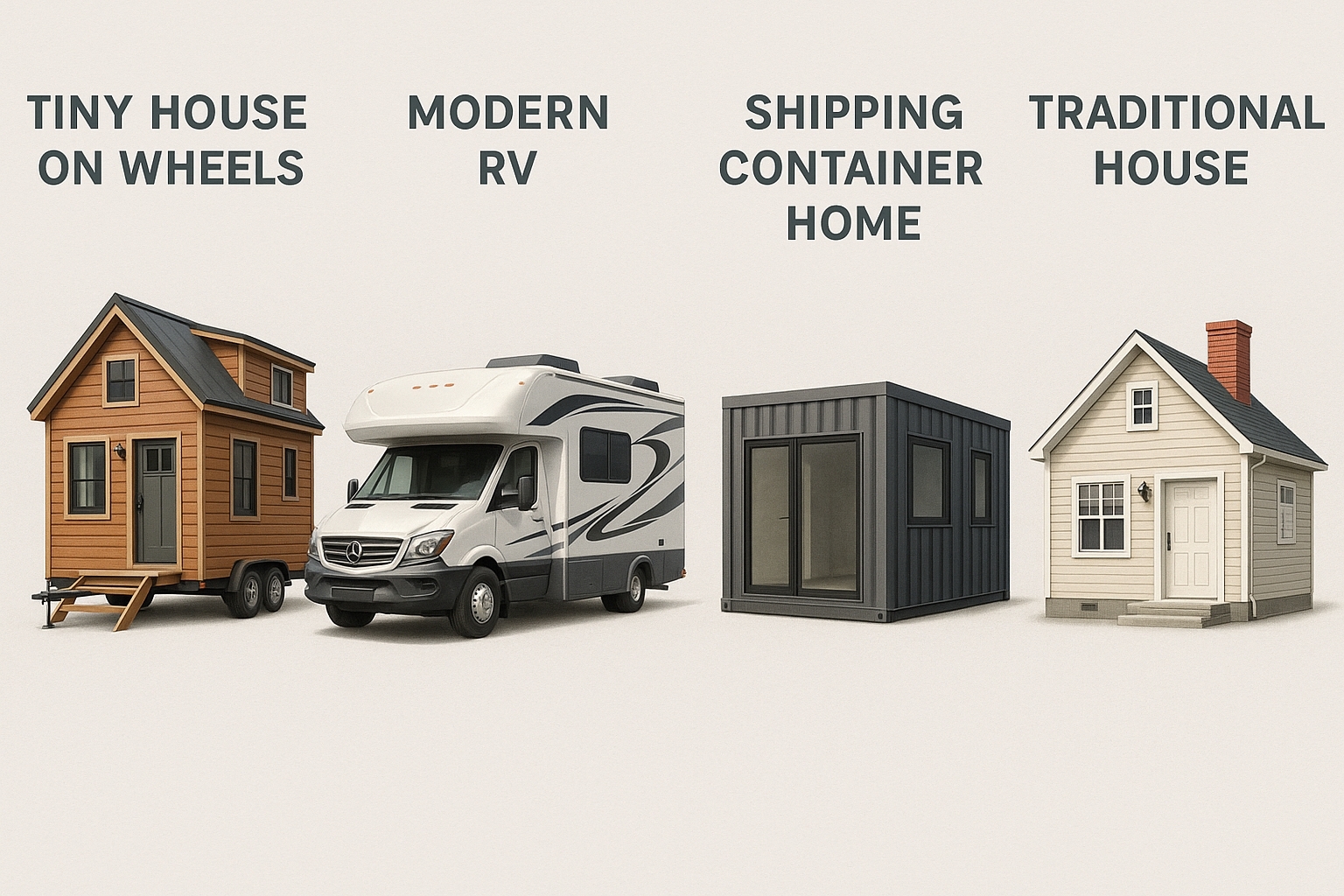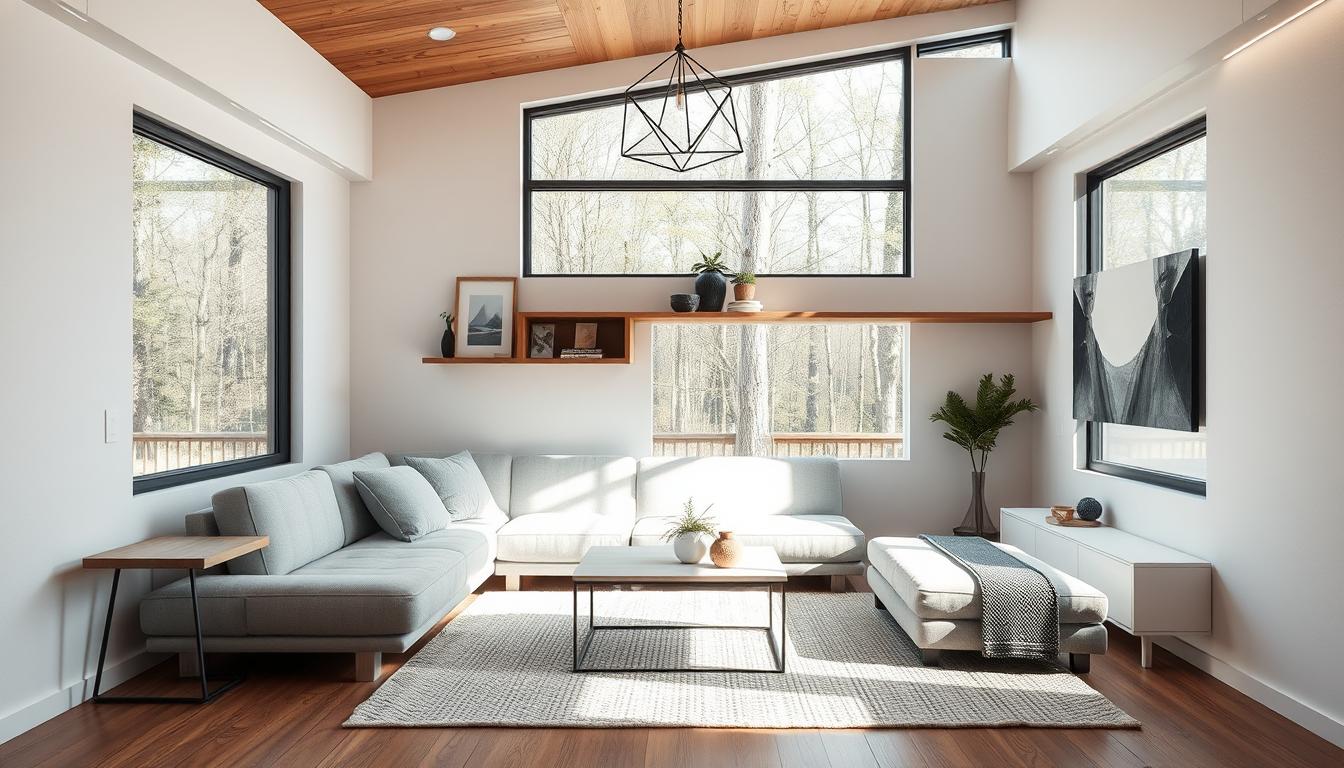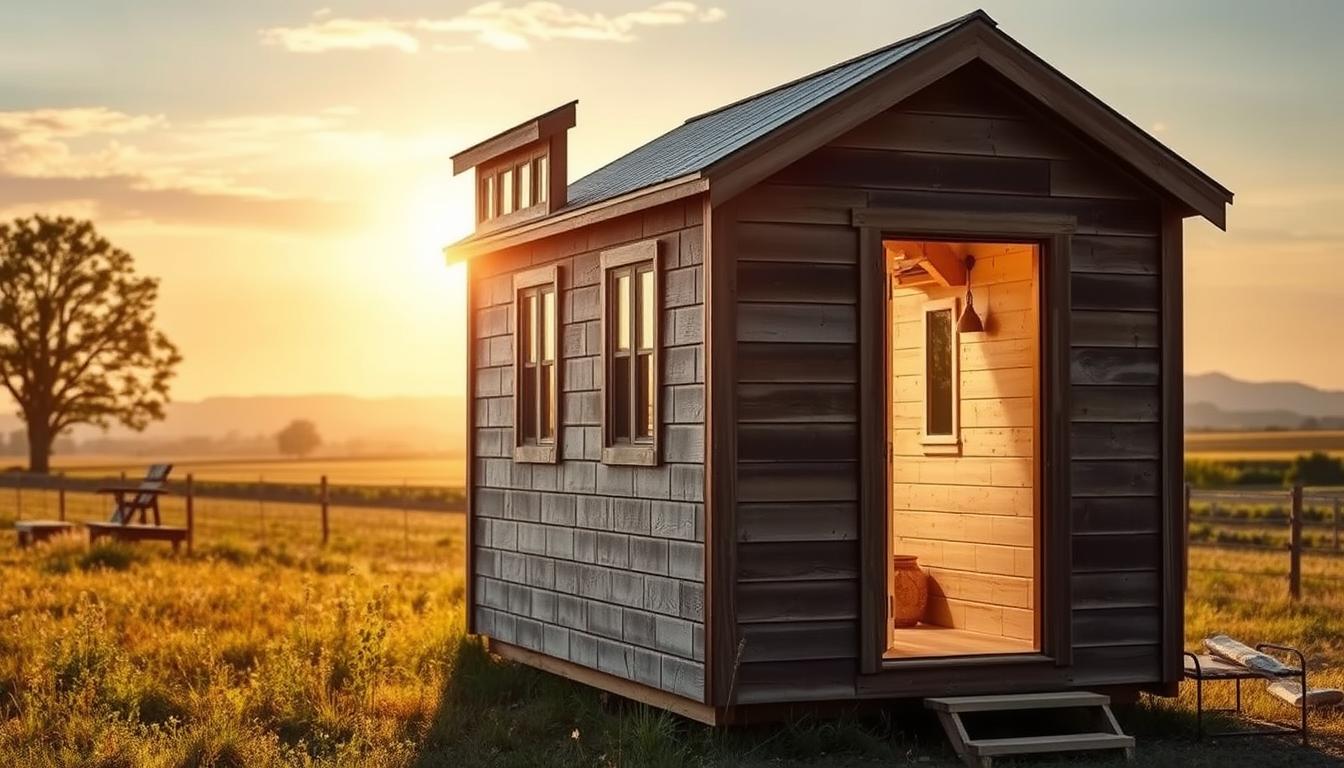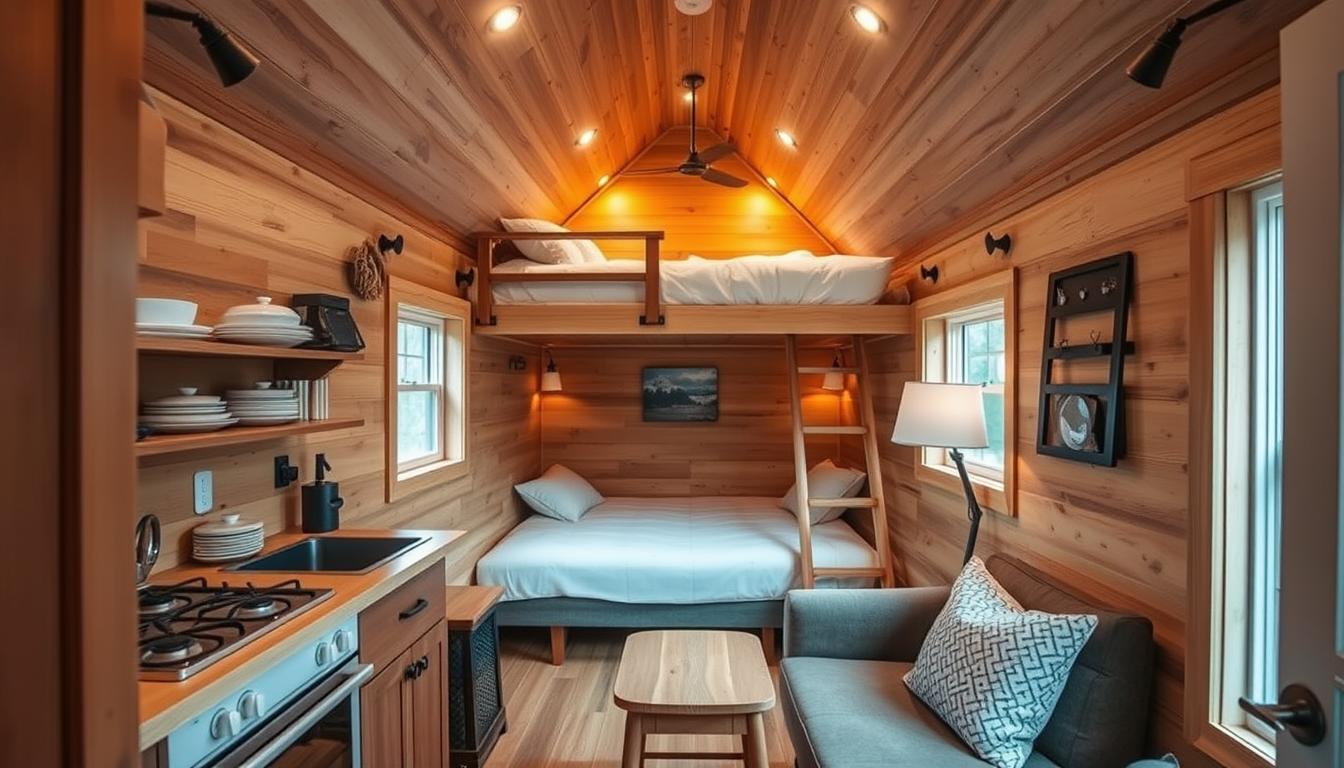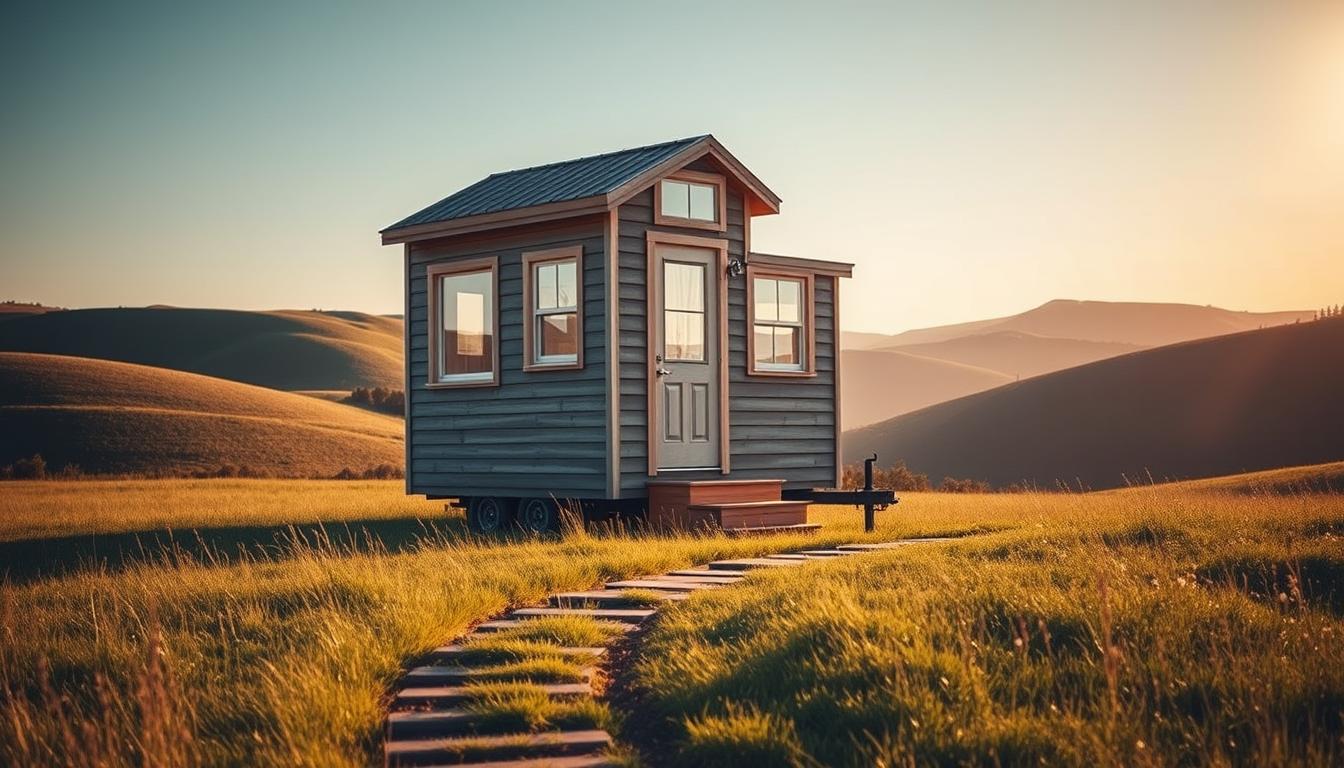The allure of building a houseboat lies not just in the unique living experience it offers but in the sheer joy of crafting something that blends the comfort of home with the adventure of the open water. Whether it’s the gentle lapping of waves against the hull or the freedom to change your backyard scenery on a whim, houseboats represent a lifestyle that many find irresistibly appealing. This guide is for the dreamers and doers who envision their sanctuary not on solid ground, but floating serenely on water.
What You’ll Learn About Building a Houseboat
By reading this article, you will learn: – Where to find houseboat plans and designs – The process of constructing a houseboat – The materials, tools, and tips needed to build a houseboat
Houseboat Plans

Before diving into the nitty-gritty of building a houseboat, its crucial to understand what a houseboat is. At its core, a houseboat is a boat designed and modified to serve as a living space. This can range from simple shanty boats with minimal amenities to elaborate floating homes equipped with all the comforts of a modern residence. The appeal of building your own houseboat lies in the ability to customize every aspect of your floating home, tailoring it to your exact needs and desires.
When planning your houseboat, the options can seem endless. You can opt for a DIY kit that provides the basic structure and instructions, or you can start entirely from scratch, letting your imagination (and budget) guide your project. Regardless of the route you choose, the planning stage is crucial. Its where dreams take the first steps toward becoming reality.
| Check out my houseboat plans and drawings here: | https://3dwarehouse.sketchup.com/user/6b2fb629-835a-4609-b5f1-b7cdb5edb6fe/Peter-V |
| Download the SketchUp drawing here: | https://3dwarehouse.sketchup.com/model/412a4602-875b-4fea-80a3-8eaa46cb6c06/Modern-Houseboat-Design |
Houseboat Construction
Houseboat construction can be a daunting task, but breaking it down into manageable steps simplifies the process. The construction journey begins with the hull, the foundation upon which your floating home will rest. Options include repurposing a traditional pontoon boat, utilizing a barge hull, or constructing a stitch-and-glue wooden hull. Each option has its unique set of challenges and benefits, with choices often influenced by the intended use of the houseboat, available resources, and personal preferences.
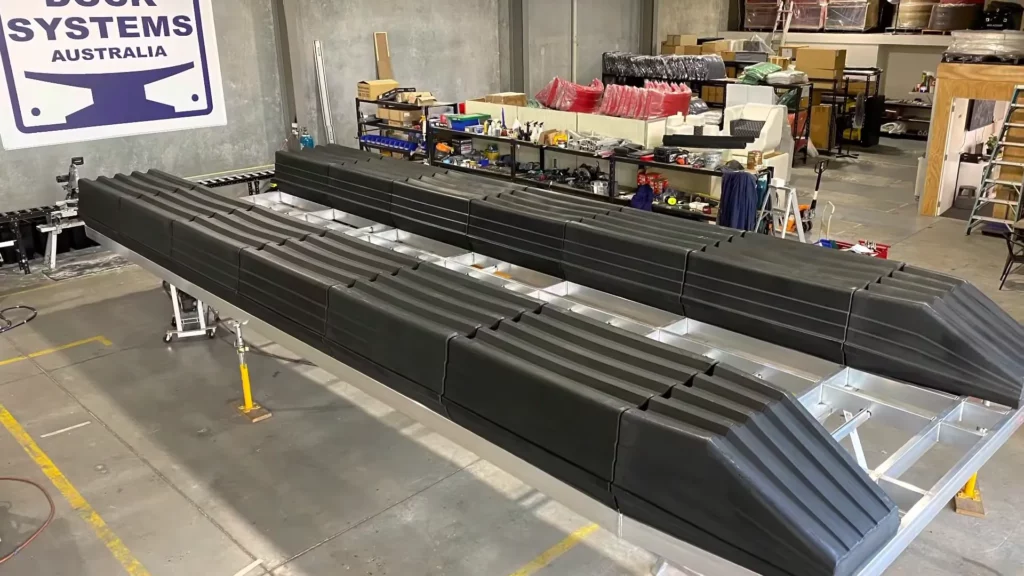
Building the house part of the houseboat is where creativity really comes into play. From wood-frame structures to prefabricated buildings, the materials and methods you choose can significantly impact the look, feel, and functionality of your houseboat. Incorporating boat-like systems can provide a cost-effective DIY approach, ensuring your floating home is as comfortable as it is charming.
Houseboat Construction: A Step-by-Step Guide by Peter VChoosing the Right Pontoon Size for a Houseboat: A Step-by-Step Guide
Selecting the appropriate pontoon size is crucial for the safety, stability, and performance of your houseboat. Pontoons provide the buoyancy that keeps your floating home afloat. This guide outlines the steps to help you determine the right size pontoons for your project.
Choosing the Right Pontoon Size for a Houseboat: A Step-by-Step Guide by Peter VHouseboat Building Materials

The choice of building materials is critical in houseboat construction. It affects not only the durability and longevity of your houseboat but also its aesthetics and livability. Popular materials include marine plywood for its strength and resistance to water, lightweight composites for their durability, and floatation devices such as polystyrene blocks or pontoons for buoyancy. Selecting the right materials is a balancing act between cost, weight, maintenance, and performance.
Sustainability is becoming increasingly important in houseboat construction. Eco-friendly materials like reclaimed wood, bamboo, and recycled metal can reduce your environmental footprint while adding character to your build. Its an approach that not only benefits the planet but can also provide a deep sense of satisfaction and connection to your floating home.
Houseboat Building Tools
Equipping yourself with the right tools is essential for a successful houseboat build. The complexity of the project will dictate the tools required, ranging from basic hand tools for simple designs to power tools and specialized equipment for more elaborate constructions. Key tools might include a circular saw for cutting materials, a drill for assembling components, and various measuring and leveling tools to ensure everything fits together perfectly.
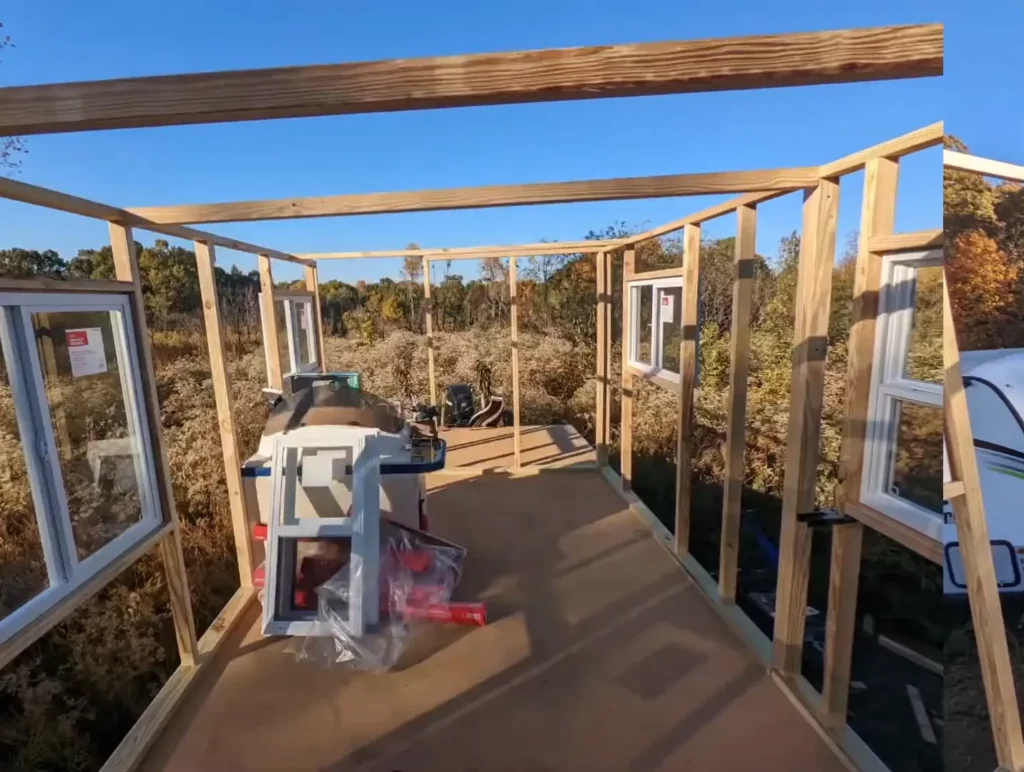
Insider Tip: Don’t underestimate the importance of quality tools. Investing in durable, reliable tools can make the building process smoother and more enjoyable, ultimately saving time and frustration.
Houseboat Building Tips
One of the most valuable pieces of advice for aspiring houseboat builders is to start with a clear, detailed plan. This should include not only the design and layout of your houseboat but also a comprehensive list of materials, tools, and a step-by-step construction guide. Another tip is to anticipate challenges and prepare solutions in advance. Whether its budget overruns, material shortages, or unforeseen technical difficulties, having a proactive mindset can keep your project on track.
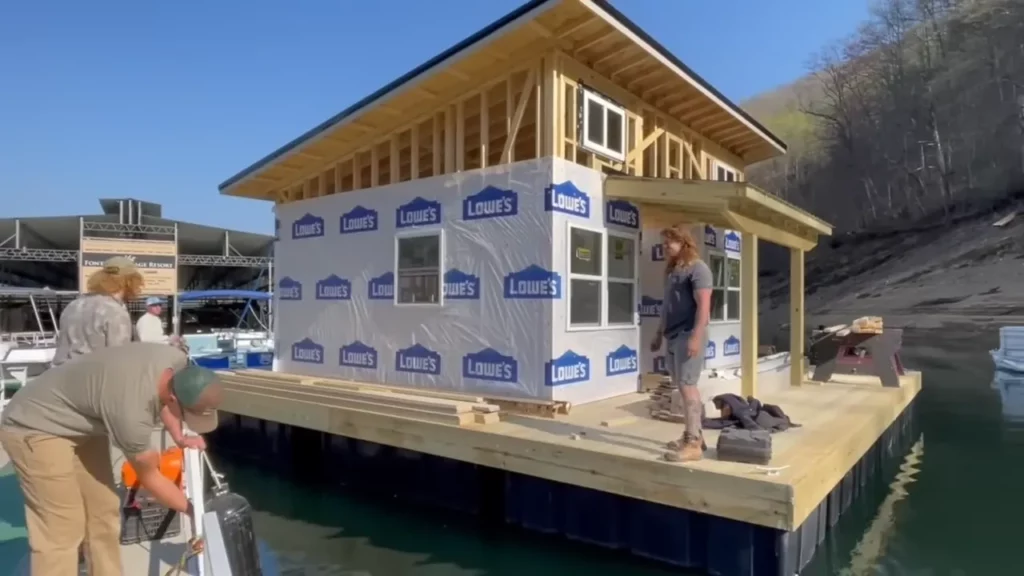
Insider Tip: Engage with the houseboat building community. Online forums, social media groups, and local boat clubs can be invaluable resources for advice, inspiration, and support throughout your building journey.
| Phase | Step | Key Tips |
| Planning & Design | Define Your Needs & Vision Research Regulations & Permits Develop Detailed Blueprints Establish a Realistic Budget | Be specific about how you’ll use the houseboat, number of occupants, desired amenities, and budget. Think long-term! Crucial! Contact local, state, and federal authorities early to understand requirements for construction, mooring, waste disposal, and registration. Don’t start without necessary approvals. Invest in professional blueprints or create very detailed plans yourself. This prevents costly mistakes and ensures accurate material calculations. Measure twice, cut once! Account for materials, tools, permits, labor (if hiring), and a significant contingency fund for unexpected costs. Track expenses diligently. Overestimate rather than underestimate. |
| Hull & Deck | Hull Acquisition/Construction Deck Construction | Choose the hull type wisely based on your needs, budget, and skills. Thoroughly inspect existing hulls for damage. Ensure watertight integrity and structural soundness during construction. Build a strong, level deck frame. Use marine-grade decking materials and ensure proper sealing to prevent water damage. Consider weight distribution for stability. |
| Framing & Enclosure | Wall Framing Roof Framing & Sheathing Install Windows & Doors | Build walls plumb and square. Ensure proper framing for windows and doors. Securely attach walls to the deck and each other. Design a robust roof structure that can withstand weather conditions. Ensure proper slope for drainage. Use appropriate sheathing and apply a waterproof membrane. Choose marine-grade, weather-resistant windows and doors. Install them correctly with proper sealing to prevent leaks. |
| Systems | Plumbing Installation Electrical Installation HVAC Installation (Optional) | Plan your plumbing system carefully, considering freshwater, greywater, and blackwater management. Use appropriate marine-grade plumbing components and ensure proper venting and drainage. Adhere strictly to marine electrical codes. Use marine-grade wiring and components. Consider hiring a certified marine electrician for critical tasks. Double-check grounding and connections. Choose a system suitable for a marine environment if needed. Ensure proper ventilation and insulation to optimize efficiency. |
| Finishing | Insulation Interior Finishing (Walls, Ceiling, Flooring) Exterior Finishing (Siding, Roofing, Painting) | Use moisture-resistant insulation designed for marine environments. Proper insulation is crucial for comfort and preventing condensation. Select durable, moisture-resistant materials for interior surfaces. Plan your layout for efficient use of space. Choose durable, weather-resistant materials for the exterior. Proper sealing and painting are essential to protect the structure from the elements. |
| Safety & Launch | Install Safety Equipment Inspections & Registration Careful Launch & Initial Testing | Equip your houseboat with all required safety gear, including life jackets, fire extinguishers, navigation lights, horn, anchor, and first aid kit. Test all equipment. Schedule all necessary inspections with relevant authorities before launch. Register your houseboat according to local regulations. Launch your houseboat slowly and carefully. Immediately check for leaks and test all systems (plumbing, electrical, steering if applicable). |
| Ongoing | Regular Maintenance | Establish a routine maintenance schedule for hull cleaning, painting, system checks, and addressing any wear and tear promptly. This will prolong the life of your houseboat. |
Houseboat Building Videos
In todays digital age, visual learning is more accessible than ever. Houseboat building videos can provide a wealth of knowledge, demonstrating techniques, showcasing innovative ideas, and offering practical advice through every stage of the construction process. These resources can be particularly beneficial for visual learners and those tackling specific, challenging aspects of their build.
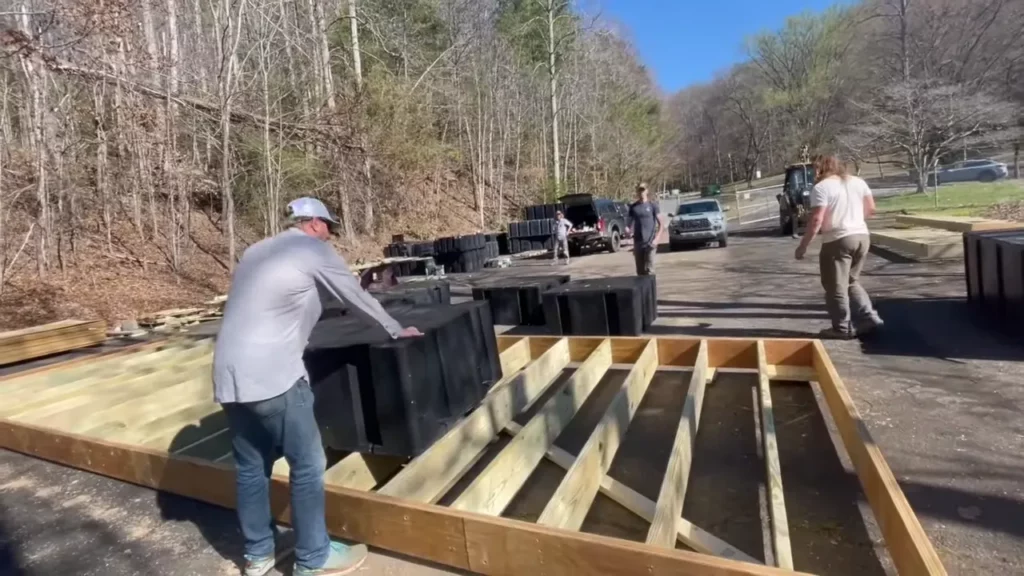
Types of Houseboats You Can Build
Houseboats come in various shapes and sizes, each offering a unique set of features and challenges. Shanty boats, with their rustic charm and simple construction, are ideal for those seeking a minimalist lifestyle on the water. Floating homes, on the other hand, offer the space and comfort of traditional homes but with the added bonus of a waterfront view. For those who dream of exploring waterways, navigable houseboats provide mobility and adventure, allowing you to take your home wherever you go.

- Pontoon Houseboats:
- Description: Built on two or more elongated, buoyant tubes (pontoons).
- Characteristics: Stable, relatively easy to maneuver, good for calm waters, offers a wide, flat deck space.
- Variations: Can range from simple platforms to multi-story structures.
- Barge Houseboats:
- Description: Utilizes a flat-bottomed barge hull, often repurposed from commercial use.
- Characteristics: Very stable, can support significant weight, offers ample interior space, may be less maneuverable than pontoon types.
- Variations: Sizes can vary greatly depending on the original barge.
- Wooden Hulled Houseboats (Traditional/Plank-on-Frame or Stitch-and-Glue):
- Description: Constructed using traditional boatbuilding techniques with wooden planks over a frame or using plywood panels stitched and glued together with epoxy.
- Characteristics: Can have more aesthetically pleasing lines, potentially more hydrodynamic than barge types, requires skilled craftsmanship, can be more susceptible to rot if not properly maintained.
- Variations: Hull shapes can be highly customized.
- Steel Hulled Houseboats:
- Description: Hull is constructed from welded steel plates.
- Characteristics: Very strong and durable, resistant to impacts, requires welding skills, susceptible to rust if not properly maintained.
- Variations: Hull shapes can be highly customized and robust.
- Concrete Hulled Houseboats (Ferrocement):
- Description: Built using a framework of steel mesh coated with a cement-rich mortar.
- Characteristics: Very durable, relatively low maintenance once cured, good sound insulation, can be heavy, requires specific construction techniques.
- Variations: Hull shapes can be molded to various designs.
Personal Houseboat Building Experience
When I first decided to build my own houseboat, I was overwhelmed by the amount of information available online. After researching various houseboat plans, I settled on a design that fit my needs for a weekend getaway on the lake.
Overcoming Construction Challenges
During the construction phase, I encountered some unforeseen challenges with the electrical wiring and plumbing. However, with the help of a local contractor, I was able to troubleshoot and resolve these issues, gaining valuable hands-on experience in the process.
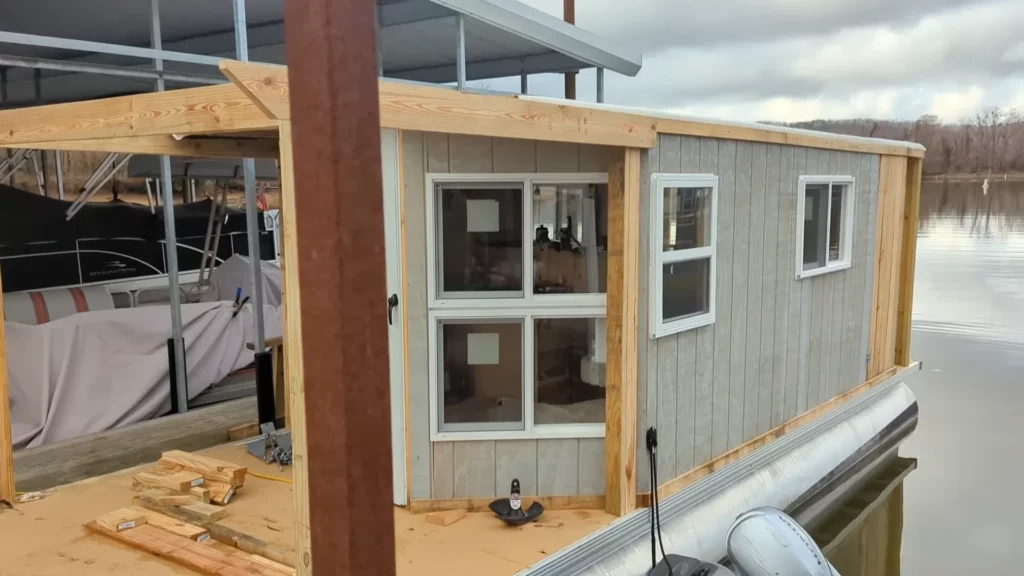
Selecting the Right Materials
Choosing the right building materials was crucial for the structural integrity of the houseboat. I opted for marine-grade plywood and aluminum for the frame to ensure durability and longevity, even in water environments.
Essential Tools for the Job
Having the right tools made a world of difference in the building process. From power drills to saws and clamps, each tool played a vital role in bringing my houseboat to life.
Through this experience, I learned valuable lessons that I would like to share with others looking to embark on a similar houseboat building journey.
How to Build a Houseboat The Basic Steps
Building a houseboat involves two main phases: constructing the boat hull part and building the house part. The hull serves as the foundation, providing stability and buoyancy. Options range from repurposing existing boats to building a custom hull designed specifically for your needs. The house part is where personalization comes into play, with choices in materials, layout, and amenities shaping the living experience.
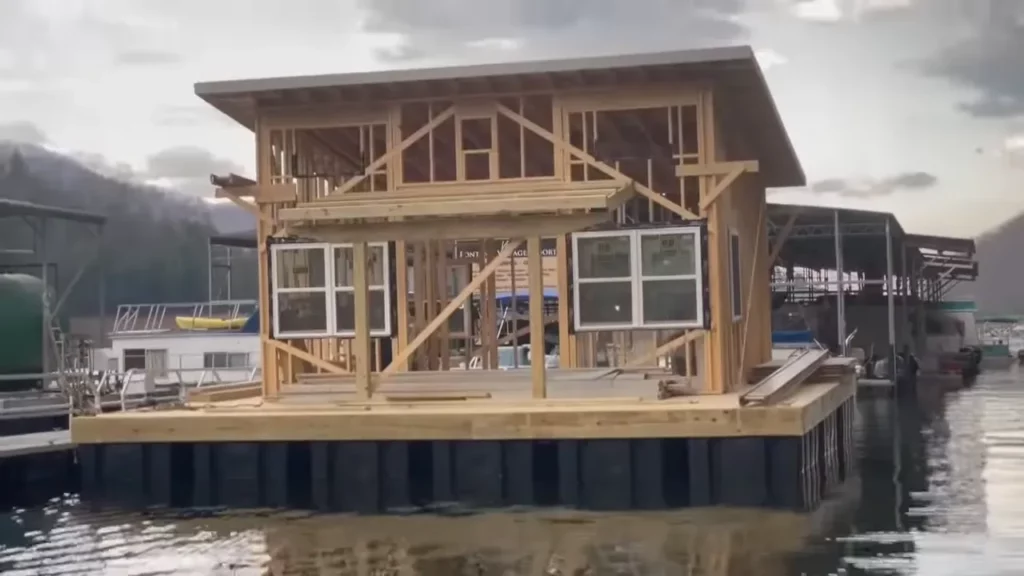
Top 10 How to Build a Houseboat: The Basic Steps
Here’s a high-level list of the 10 basic steps involved in building a houseboat:
- Comprehensive Planning and Design: Define your needs, budget, location, and create detailed blueprints for the hull and structure.
- Hull Construction or Acquisition: Build a suitable hull (pontoon, barge, or custom-built) or acquire an existing one, ensuring its integrity.
- Deck Construction: Build a strong and level deck on top of the hull, providing the foundation for the house structure.
- Framing and Enclosure: Construct the walls and roof framework, then enclose it with sheathing and waterproofing materials.
- Installing Essential Systems: Install plumbing (freshwater, waste), electrical wiring, and potentially HVAC systems.
- Interior Finishing: Install insulation, interior walls, flooring, and essential fixtures like kitchen and bathroom elements.
- Exterior Finishing: Apply exterior siding, roofing materials, paint, and finishes to protect the structure from the elements.
- Installing Safety Equipment: Equip the houseboat with necessary safety gear like life jackets, fire extinguishers, navigation lights, and a horn.
- Inspections, Registration, and Launch: Obtain necessary inspections and register your houseboat before carefully launching it.
- Ongoing Maintenance: Establish a plan for regular maintenance to ensure the longevity and safety of your houseboat.
Is it Better to Buy a Used Houseboat or Build Your Own Houseboat?
This is a question many prospective houseboat owners grapple with. Building your own houseboat offers unparalleled customization and the satisfaction of creating something truly your own. However, it requires a significant investment of time, resources, and skills. Buying a used houseboat can be a more practical option for those looking for a quicker, possibly less expensive entry into houseboat living. Ultimately, the decision depends on your priorities, abilities, and vision for your floating home.
Putting It All Together for a Lifetime on the Water
Building a houseboat is not just about constructing a living space; its about creating a lifestyle. Whether you’re drawn to the simplicity of a shanty boat, the comfort of a floating home, or the adventure of a navigable houseboat, the journey can be as rewarding as the destination. By carefully planning your project, choosing the right materials and tools, and embracing the challenges along the way, you can turn your dream of life on the water into a reality.

Build Your Own Houseboat FAQs
- Can I build my own houseboat? Yes, with the right planning, tools, and resources, building your own houseboat is an achievable dream.
- Is living on a houseboat cheaper than a house? It can be, depending on factors like construction costs, mooring fees, and maintenance expenses.
- Can you live permanently on a houseboat? Yes, many people enjoy living full-time on houseboats, though it requires consideration of practicalities like utilities, sewage, and legal regulations.
- What are the drawbacks to living on a houseboat? Challenges can include limited space, maintenance requirements, and navigating the legalities of houseboat living.
In conclusion, building a houseboat offers a unique blend of creativity, challenge, and the promise of a life less ordinary. Its a journey marked by the satisfaction of crafting your own floating sanctuary, the freedom to explore, and the unparalleled joy of waking up to the sound of water lapping against the hull. Whether you choose to build from scratch or adapt an existing vessel, the adventure of houseboat living awaits.























































